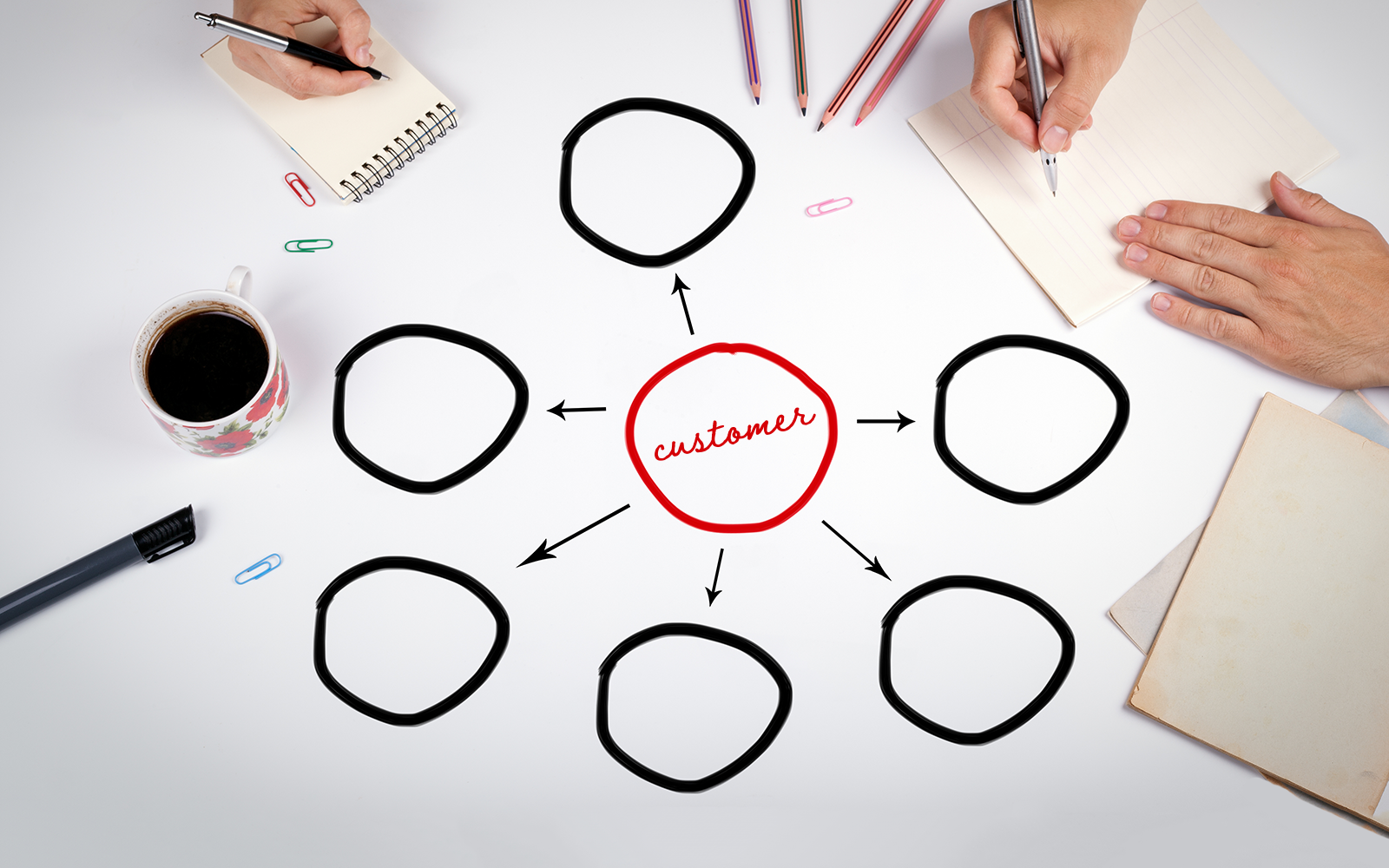Marketing & Sales
Customer Centric? As Bumps And Chops Surge, You Better Be
In the roaring 2020s, customer-centered -- still a pillar of homebuilding and real estate business success and fitness -- means more than it once did. Here's the fresh new normal for a tired catchphrase.

To center is to apply math in the real world.
So, as question marks start to populate business', and the near-term economy's outlook, let's check your gut. Have you centered your company's capability and fitness around customers?
Forget buzzwords and catchphrases for a moment. Is your firm more about what it can do, or more about the promise you can keep with your customer, and with your team member, and with your partners?
For homebuilders, centering capability and fitness around customers is inclusive by nature. Customers – definitionally – include not just end-user homebuyers. On an equal par, they include employee associates, manufacturing vendors, trade contractors and their subs, land sellers, lenders, investors, local policy setters, and the dotted and dashed-line connections to each.
We all know about the false equivalence fallacy, and its ability to distort genuine insight. What we may need, in this context of intensifying uncertainty, is a sense of an unappreciated role true equivalence may play in sharpening insight.
That is, customer empowerment equals team member empowerment, equals partner empowerment, equals investor and/or lender empowerment, equals community empowerment, etc. and so forth. The common denominator in each of these terms – empowerment – equalizes them as a hallmark to your business fitness and ability to flourish.
If the nature of your business is that you empower others, reliably, as you promise to, you become fit as business, come what may, and you become a role model.
Author and strategic business guru Joseph Michelli would and does challenge leaders in the real estate, homebuilding, and other business sectors with these questions:
Video from Joseph Michelli's blog
- "Since empowerment is a multi-dimensional social process that helps people gain control and foster power, what processes do you have in place to foster power and control for your team members and customers?"
- "Often, we think about customer experience excellence and customer service as “doing things for customers,” what are some ways you are serving customers by helping them take care of issues for themselves?"
- "Would your team members consider you an empowering leader? If so, what behaviors would they point to?"
The math of centering becomes cognitively more complex, it's true, and it means too that an array of stakeholders expect a business leader to serve them as a role model. This is the challenge to the business community of homebuilding, residential real estate, architecture, investment, engineering, distribution, and technology right now.
Knowing what's at the center, and what's the model of capability orbiting around it.
A quick personal digression.
The home I grew up in – with my sister, five brothers, parents, and numerous four-leggeds – was a big, very old colonial-era farm house in what was then the boonies.
The way the three-story house had settled on its site over a couple of hundred years created a slant among all the doors toward the middle of the structure. What's more, the doorframe heights were low enough that my father – when we were younger – and then my brothers and me – when we'd reached our full height – had to duck. The old doors all squeaked on their old iron hinges, and warped in the summer, and all of the bedroom doors had vintage crystal glass doorknobs and tarnished steel locksets. On a big rusted nail hammered partway into a stud at the top of the basement stairs hung a knotted piece of old twine with six or seven old keys – one of them a skeleton key. It worked for every lockset in the house.
Seeing a skeleton key work as it did at the age of eight or so, when magical thinking was about all I was capable of, etched permanently on my brain.
Now, depending on whom you listen to, the measure of residential real estate and construction business community stakeholders' enormous opportunity and equally profound challenge ranges from a million-homes-to-five-million-homes supply deficit, and more than enough investment, construction materials, and construction management capacity to fill that deficit.
A skeleton key to business success and fitness, come what may in the weeks, months, and years ahead in the economy, policy environment, consumer landscape, or any other context, is your ability to empower others by your work, your efforts.
Each day, a grounding reminder of why to renew the effort to challenge the builder community comes down to a simple phrase: To Our Children's Children's Children. Some of you may be old enough to remember "Gypsy (Of a Strange and Distant Time," from an album of that name.
Our children's children's children has become a skeleton key to why make the effort to serve, to empower, to become a community role model.
The way we collectively raise children, along with the role models we show them, will make a difference in the future they create, and most importantly, in the values they hold as they take their place in society.
Those values are the skeleton key to your business' likelihood of success.
Join the conversation
MORE IN Marketing & Sales
11,000 Buyers Turn 65 Each Day, Here's How Homebuilders Win
Even in a hesitant market, 55+ buyers hold the keys to growth. Deborah Blake shows builders how to win their trust—and unlock their equity—with empathy, lifestyle, and design.
The AI Revolution is Here: The Implications For Homebuilders
Artificial intelligence and automation are changing the rules of competition. Builders that invest now—in systems, culture, and people—will gain a lasting advantage in efficiency, customer experience, and profitability.
How Homebuilding Sales Became A Strategic Center Of Gravity
Dave Rice and New Home Star help turn homebuilder sales associates into data-powered business strategists and a linchpin to critical customer feedback. Here’s why that matters now more than ever.
